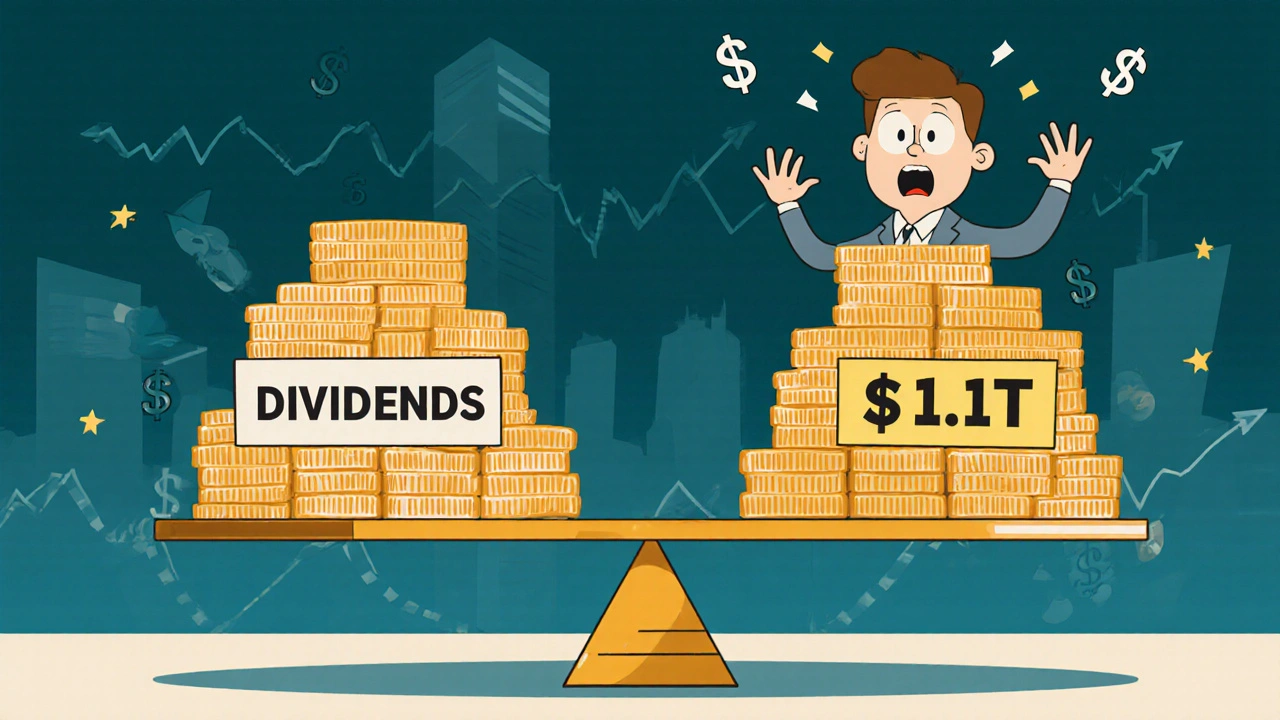Capital Return: How to Get Real Value from Your Investments
When you hear capital return, the profit you earn from the increase in value of an investment, not just income like dividends. Also known as appreciation, it's what turns a $10,000 stock into $15,000 without touching a single dividend check. Too many investors confuse capital return with income. They watch their portfolio balance and assume growth means success—but if your money isn’t actually growing in value, you’re just spinning wheels. Real capital return happens when you buy something for less than it’s worth and sell it later for more. It’s not magic. It’s math, timing, and discipline.
Capital return doesn’t happen in a vacuum. It’s shaped by dividend income, regular payments from companies to shareholders, often reinvested to boost long-term growth, and ROI, the percentage gain or loss on an investment relative to its cost. You can’t talk about capital return without understanding how these pieces interact. A stock might pay a solid dividend, but if its price drops 20%, your overall return is negative. On the flip side, a no-dividend ETF like VTI can deliver massive capital return over time simply by tracking the broader market. And when you pair that with portfolio growth, the cumulative increase in value of all your holdings over time, driven by compounding and smart allocation, you’re building real wealth—not just paper gains.
Look at the posts below. You’ll see how people use capital return as a core metric—not just to track performance, but to make decisions. One writer breaks down how dollar-cost averaging with paychecks quietly builds capital return over decades. Another shows how stop-loss orders protect that return during market crashes. There’s even a guide on REIT ETFs that deliver both dividend income and steady capital appreciation. These aren’t random articles. They’re all built around one truth: if you don’t measure capital return clearly, you’re flying blind. The best investors don’t just chase high prices. They track where their money is actually growing—and cut the noise. What you’ll find here are real strategies, real data, and real tools to make sure your capital return isn’t just a number on a screen—it’s a force that builds your future.
Buybacks and Dividends: How Shareholder Yield Beats Traditional Dividend Metrics
Shareholder yield combines dividends, buybacks, and debt reduction to show the full picture of how companies return cash to investors. It outperforms dividend yield alone and is becoming the new standard for valuation.
View More